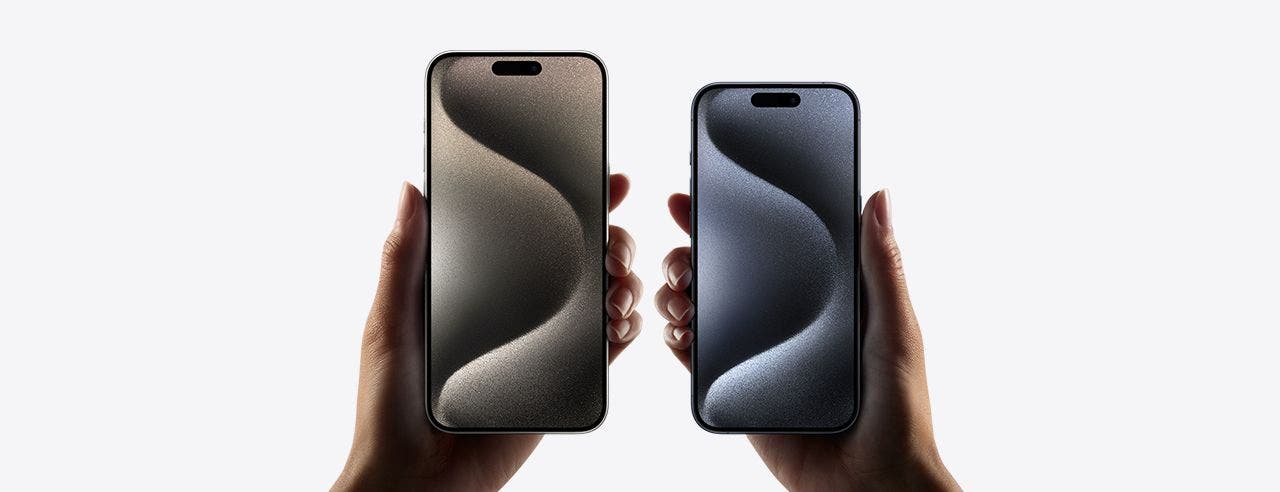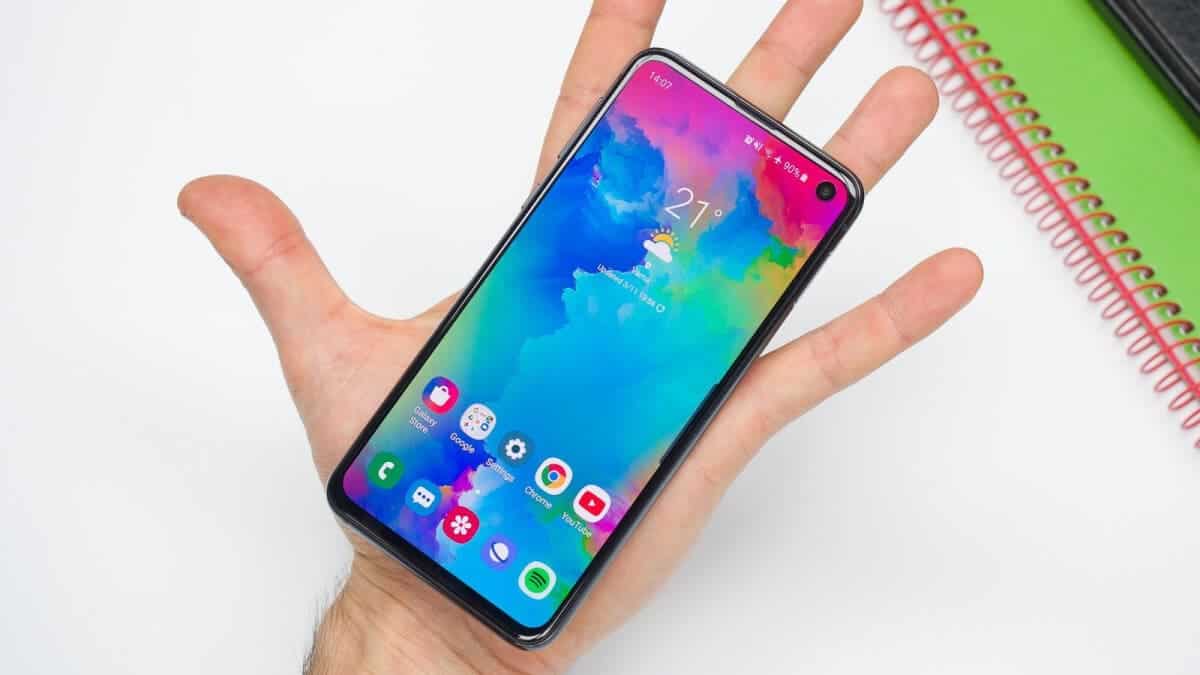For many years, the smartphone landscape has been dominated by an ever-increasing screen size. Although there are undeniable advantages to larger displays, a certain segment of users remains loyal to the convenience and ergonomics of compact phones. This article explores the current state of compact phones, the challenges they face, and potential solutions for the future.
The enduring appeal of compact phones: Struggle for survival in a gigantic market
Personal preferences rooted in practicality
The author admits that they prefer “mid-sized” phones, usually the non-Max versions of the flagship models. However, there is a particular fondness for truly compact devices exemplified by the original iPhone SE. This love of smaller phones stems from two key factors: one-handed usability and pocketability. The ability to comfortably navigate the phone with one hand and its minimal pocket space, especially for those who avoid carrying purses, make them extremely attractive. However, the desire for a powerful device creates a conflict. Ideally, one would want high-end hardware packed into a smaller frame, a desire that is becoming increasingly difficult to fulfill in the current market.
Changing perceptions of ‘small’
The understanding of “small” has evolved significantly. Bigger devices allow for bigger batteries, more sensors, and most importantly, a broader content viewing experience. This caters to users who are highly engaged in tasks like watching movies, editing spreadsheets or playing games on their phones. Conversely, the author’s usage revolves primarily around browsing, light text editing, social media, and photography. This does not require a large screen, making the compact phone a preferred choice.
However, it is extremely important to recognize that today’s “little” is not the “little” of the past. A 4.7-inch screen on a nearly 14-centimeter device like the iPhone SE (2022) seems limiting compared to modern options with 6-inch+ displays. This change highlights how manufacturers are optimizing available space within a phone’s footprint.
Finding the Sweet Spot: The Current Landscape
Currently, a phone with a screen diagonal of around 6 inches qualifies as “compact”. While it’s significantly larger than the 3.5-inch displays of the past, this size offers a comfortable compromise. It provides enough screen space for most tasks while remaining manageable. In addition, advanced battery technology ensures all-day use on a single charge of these phones, with the ability to carry a portable battery for extended use.
A bleak outlook, but a glimmer of hope
Unfortunately, the future of compact phones looks uncertain. Current options are limited, with the iPhone SE (2022) looking dated, the Asus Zenfone 10 offering the best power-to-size ratio, and the iPhone 15 and Google Pixel 8 rounding out the group. The recent launch of the Asus Zenfone 11 Ultra without a smaller brother suggests a worrying trend – manufacturers are completely abandoning the compact segment, similar to the demise of the iPhone Mini and Sony Xperia XZ1 Compact.
Looking ahead, the future of flagships like the iPhone 16, Pixel 9 and Galaxy S25 remains to be seen. A potential redesigned iPhone SE (2024) may offer some hope, but its existence has yet to be confirmed.
Foldable phones: a potential savior (with caveats)
The rise of foldable phones presents a potential escape route for compact phone enthusiasts. Devices like the Samsung Galaxy Z Flip 5 and Vivo X Flip offer a large screen when unfolded while maintaining a compact form factor when closed. However, challenges remain. The inherent durability concerns surrounding the folding mechanism and the high cost associated with this new technology make them a less affordable option.
Gizchina News of the week
Fight for survival
Compact phones face an uphill battle in a market increasingly dominated by larger displays. While some manufacturers are catering to this niche with powerful hardware in a smaller package, the future remains uncertain. Foldable phones offer an intriguing alternative, but concerns about their high cost and durability may limit their widespread adoption. Ultimately, the survival of compact phones depends on consumer demand and the manufacturer’s willingness to invest in this segment. Whether there will be a revival or they will become a relic of the past will depend on the evolving needs and preferences of smartphone users.

Although the compact phone market faces challenges, there are ways to maximize your experience and get the most out of your small-screen device:
By following these tips and tricks, you can improve the usability and functionality of your compact phone, allowing you to enjoy its benefits while navigating the limitations of a smaller screen. Remember, the key is to adapt your usage habits and customize your phone to suit your specific needs.
The Battle for Compact Phones: Surviving in the Era of Large Screens







